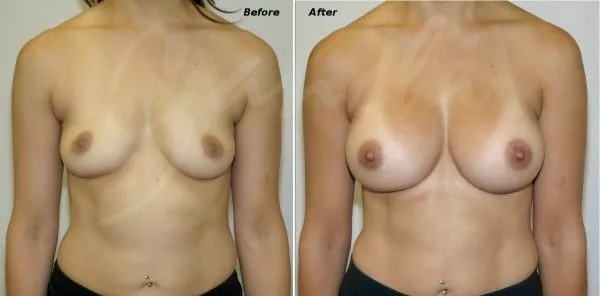Breast Enhancement
Breast enhancement, also known as augmentation mammoplasty or breast augmentation, is a plastic surgery procedure performed to enhance the shape, size, and fullness of a woman’s breasts.
During a breast enhancement procedure, the plastic surgeon places saline implants, silicone implants, or other alternative composite implants under the woman’s breast tissue or chest muscles.
The patients, in consultation with their plastic surgeons, determines the shape and increase in size of her new breasts.


Breast Enhancement – breast augmentation with silicone breast implants to enhance her proportions and her curves.
Why Women Get Breast Implants
Some women have been dissatisfied with the size or shape of their breasts for their entire adult lives. Others become unhappy with their breasts due to motherhood and breastfeeding, weight loss or the encroachment of time.
The most common reasons women look toward breast enhancement are:
- Their breasts have always been smaller than they would like.
- Pregnancy, weight loss or breastfeeding have left them with smaller, flatter or sagging breasts.
- To restore or create symmetry in breasts that are asymmetrical or uneven.
- To restore the breasts after surgery, such as that done for breast cancer.
Types of Breast Implants and an Alternative Filler
The two most frequently used types of breast implants are saline and silicone breast implants. Another breast enhancement technique known as “fat transfer” or “lipoinjection” uses the patient’s own fat to enlarge the breasts. This technique can be chosen when the increase in breast size is moderate and the patient has excess fat in other areas of her body.
Saline Implants for Breast Enhancement
Saline breast implants are made of a shell that is essentially solid silicone. The saline implants are deflated and rolled-up into a narrow cylinder and inserted through small incisions into a previously prepared surgical pocket. After the implant is in the appropriate space under the patient’s breast or muscle, the plastic surgeon inflates the implant with a sterile saline solution (salt water).
If a saline breast implant leaks, the body harmlessly absorbs all of the leaking saline. Because of its shape and the consistency of saline, saline breast implants can feel a bit like water balloons. They don’t have the natural or fatty feel of real breasts.
Silicone Implants for Breast Enhancement
Unlike saline implants, which can be inserted into the pocket empty, silicone implants are pre-filled with a silicone gel, a thick, sticky fluid that closely resembles the feel of human fat. Most women feel that silicone breast implants look and feel more like natural breast tissue.
Silicone breast implants are available to women 22 and older for breast augmentation and to women of any age for breast reconstruction.
Fat Transfer Procedure
Breast augmentation through fat transfer involves two different surgical procedures performed one after the other. During the first procedure, fat cells are taken from another area of the body, such as the waist (love handles), buttocks or thighs using modified liposuction.
The fat is collected and purified, removing excess fluid. After the fat is purified, it is placed in a syringe and injected where volume enhancement is needed.
The whole procedure takes one to three hours to perform depending on how many areas are being liposuctioned. In some cases, more than one fat transfer procedure may be needed in order to achieve desired results.
Breast Enhancement Procedure
Although three different choices are available for the implant or substance used to augment and reshape the breasts in breast augmentation, some parts of the surgical procedure are similar.
Anesthesia for Breast Enhancement
In most cases, the surgical procedure for breast enhancement is done under general anesthesia. Dr. Ganchi performs his procedures under sedation anesthesia.
The Incision
Your plastic surgeon will be using one or more of three types of incision during your surgery. Which he will use depends on the type of enhancement and the degree of enlargement.
The surgeon will explain the procedure and the type of incision he will be making during your surgery.
The following incision options are possible:
- Inframmammary incision – in the crease under the breast
- Transaxillary incision – in the armpit (axilla)
- Periareolar incision – around the areola where the nipple is located
Placing the Breast Implants
During the surgery, the breast implant is placed inside a pocket created within the breast in one of two positions.
A submuscular or dual plane placement (partially under the pectoral muscle). When placed here, the patient may take slightly longer to recover compared to subglandular placement, and may also experience a little more post-operative pain.
A submammary or subglandular placement (behind the breast tissue) or over the pectoral muscle.
Fat Transfer Procedure
The fat transfer procedure is conducted in a different way, with the surgeon extracting, processing, and re-inserting the patient’s own fat in the appropriate position within the breasts.
Closing the Incisions
Once the surgery is completed, incisions are closed with stitches and adhesives. Any visible scarring fades with time.
What to Expect After Breast Enhancement
Breast augmentation results are visibly evident straight away. There will be some swelling caused by the surgery, which will resolve within a couple of weeks. As the swelling dies down and the incision lines fade, the patient will have an excellent idea of the results of her enhancement.
Breast enhancement recovery usually requires patients to minimize physical activity for less than a week before slowly resuming their usually level of activity. All exercise is to be avoided for about 4 weeks for implants placed under the muscle. The amount of time needed to recuperate is largely dependent upon whether the breast implants are placed above or below the pectoral muscle.
Breast Implants and Breast Feeding
Women who have had breast implants sometimes worry about their ability to breastfeed. The answer to this is in the type of incision and extent of surgery, but most approaches are compatible with breastfeeding. Incisions made under the fold of the breast or through the armpit shouldn’t cause much trouble. A “smile” incision around the areola may increase your risk of having breastfeeding problems. Selecting very large implants can also have a negative effect on breastfeeding.
You won’t know exactly how your milk supply has been affected by breast augmentation surgery until you try to nurse. If you still have feeling in the nipple, you have a much better chance of having a full milk supply.
Results and Benefits of Breast Enhancement
The benefits of breast enhancement surgery are both physical and emotional.
Here are some of the positive outcomes women have experienced following breast implant surgery:
- Firmer, more shapely breasts
- A more “womanly” figure
- A higher level of confidence
- Increased self esteem
- Clothes fit more the way the woman likes, making her feel great
- Breasts appear more symmetrical
- Undesired changes to the appearance of the breasts corrected and improved
The largest benefits most women see from their breast enhancement procedure is the feeling their breasts look just the way they’ve always wanted, and pride in knowing they took that step to achieve that wonderful result.
